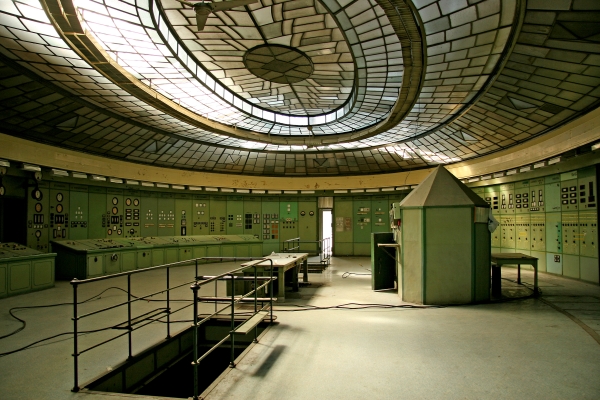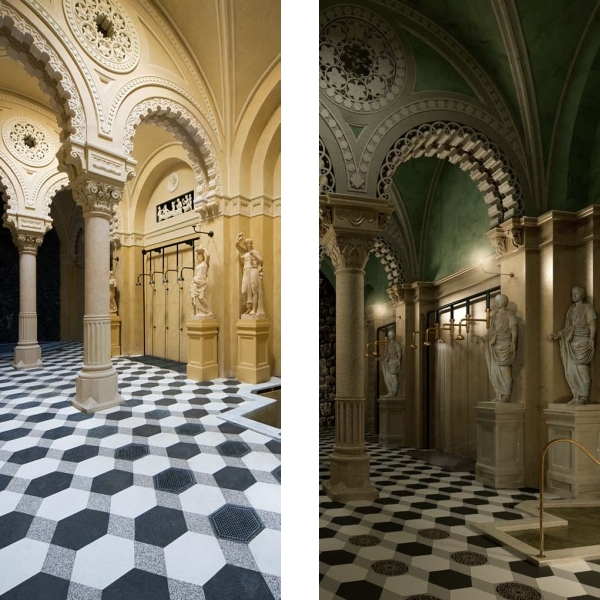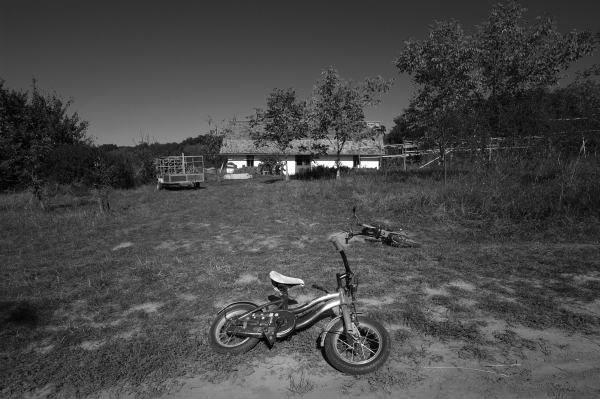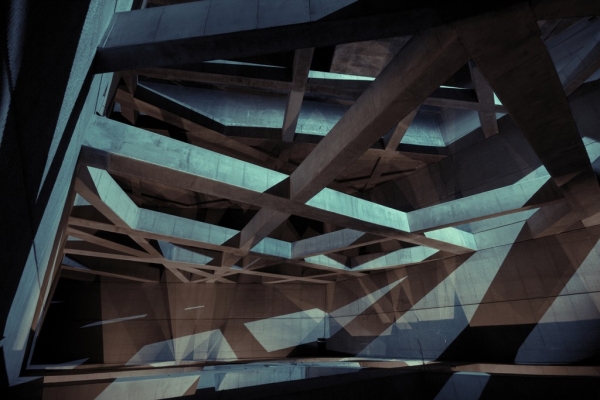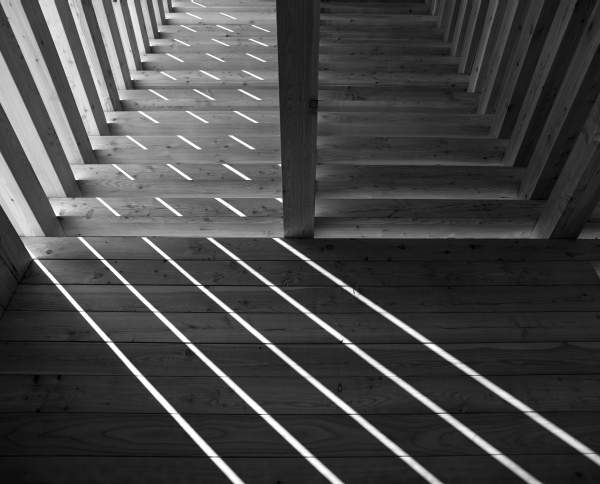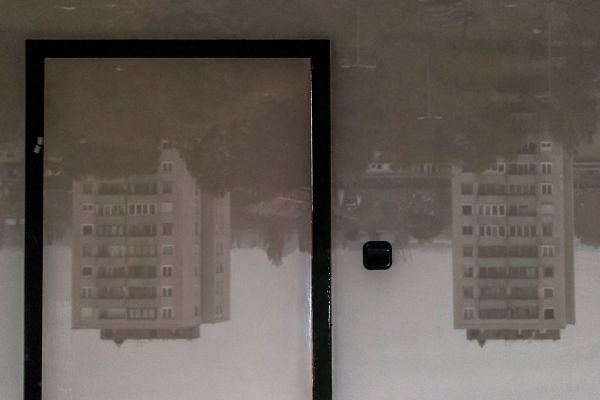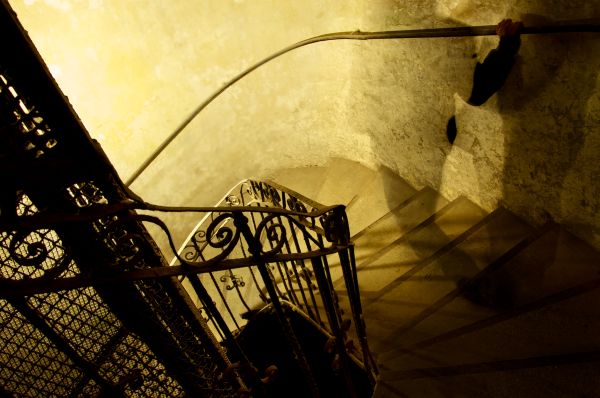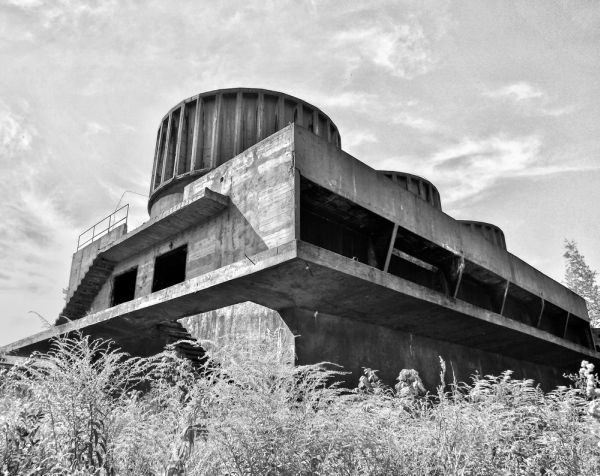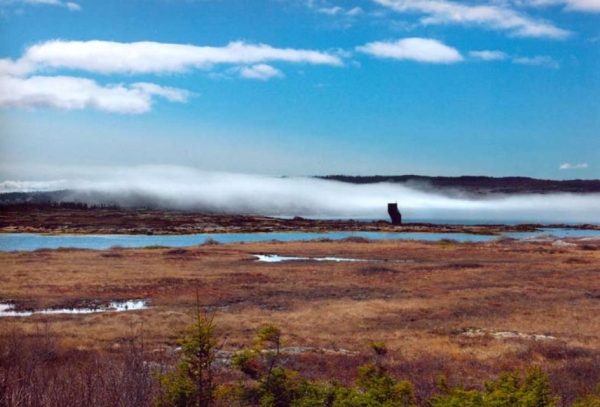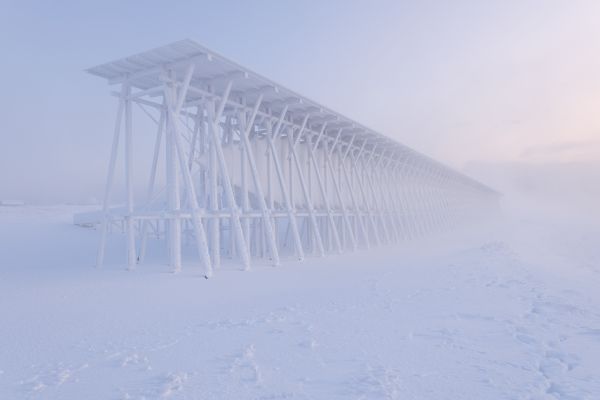“In those many relations between photography and architecture, the photographer’s attention mainly concentrate to the light, the shadow and the structure. In architecture the form and structure becomes significant – like in photography – by the light. No surprise then, when the camera itself makes the expression of the built world”
Photography and Visualization
I received the question many times as a photographer, that the pictures I take are three-dimensional computer models, or they are actually photos. Usually I try to make it clear that my works are photos. In many cases, however, the photographers are expected to reach a computer graphic purity, nothing left in the picture is real…
Leave the rest to us…
Looking at László Francsics’s photos creates the feeling, when a movie stops, but we can move on as the main character of the story. It is possible to take a closer look, we all go around the houses and objects, peek behind the curtains to see into our forgotten memories, our past. Through photographs we are clearly able to learn…
Light Architecture
Márk Péter Vargha
Architectural photo of the Year 2012 – 1st Prize
Photos, videos, muliple exposure simulations
Photos of the working process
Architectural Photo of the Year 2012
Architectural Photography Competition 2012
Organized by the Association of Hungarian Architects, Chamber of Hungarian Architects, Architectural Photographers Open Society
Prize of the Association of Hungarian Architects: László Francsics
Prize of the Chamber of Hungarian Architects: Márk Péter Vargha
Gate to the Present
Photography is a special act of life in which one’s all energy is concentrated to the observation. The environment almost disappears. “Only the subject and myself.” There’s no bridge of events between us. Tense silence waiting for the perfect moment with the most intense state of mind, but the tool which is assigned to…
FUGA Radio Architectural Photo Competition 2012
On the occasion of the Month of Photography the FUGA Radio launched a photo contest for every enthusiastic (amateur and professional) photographers who like to take pictures of buildings. The announcers waited for photos of buildings or groups of buildings, which are important for the photography lovers, exciting…
Architectural photo – copy of the world?
According to the Month of Photography 2012 informal professional roundtable discussion was held about architectural photography in the new cultural venue, the “Kultúrmosoda” (Patyolat//PRÓBAüzem) in the Baross Street. The site itself is also exciting, in many ways: the former laudry building, the redevelopment of the surroundings, the box jungle…
Abandoned places
The very first architectural photo competition of the Department of Architecture of the University of Debrecen was held in 2011. The topic of the competition was ‘Light and architecture’. Next year, in 2012 the topic was ‘Abandoned places’. The aim of the competition was to let the students discover and get aquinted with those architectural…
Harmony and respect
The architecture of Todd Saunders relates explicitly to landscape, from Norway’s dense forests and steep-sided fjords to the boulder-strewn coastline of Newfoundland. Saunders associated architecture wuth the art of creating place. His studio explores hte role that form and texture play in the perception of space…
Photo-architecture
It is often the case that our perception of contemporary architecture is not based on impressions that we obtain on site; instead, they are mediated by images. In a society which, as a result of the “iconic turn”, is influenced more by images than by text, photography takes on decisive significance, also in the mediation of architecture.
Péter Puklus
Peter Puklus is an example of a modern documentary author. Questions of an involved or not involved view, an approach based on revealing beauty, or rather importance of daily, even banal things – all that was solved by documentary photographers before. The generation of Puklus and his peers can now focus on the complexity of documentary work.
